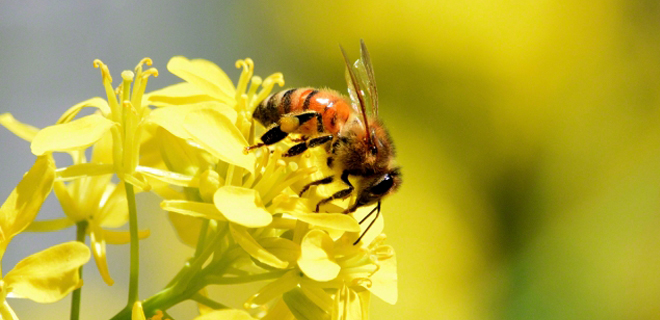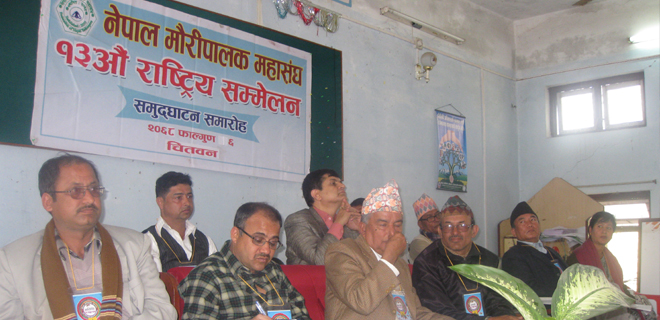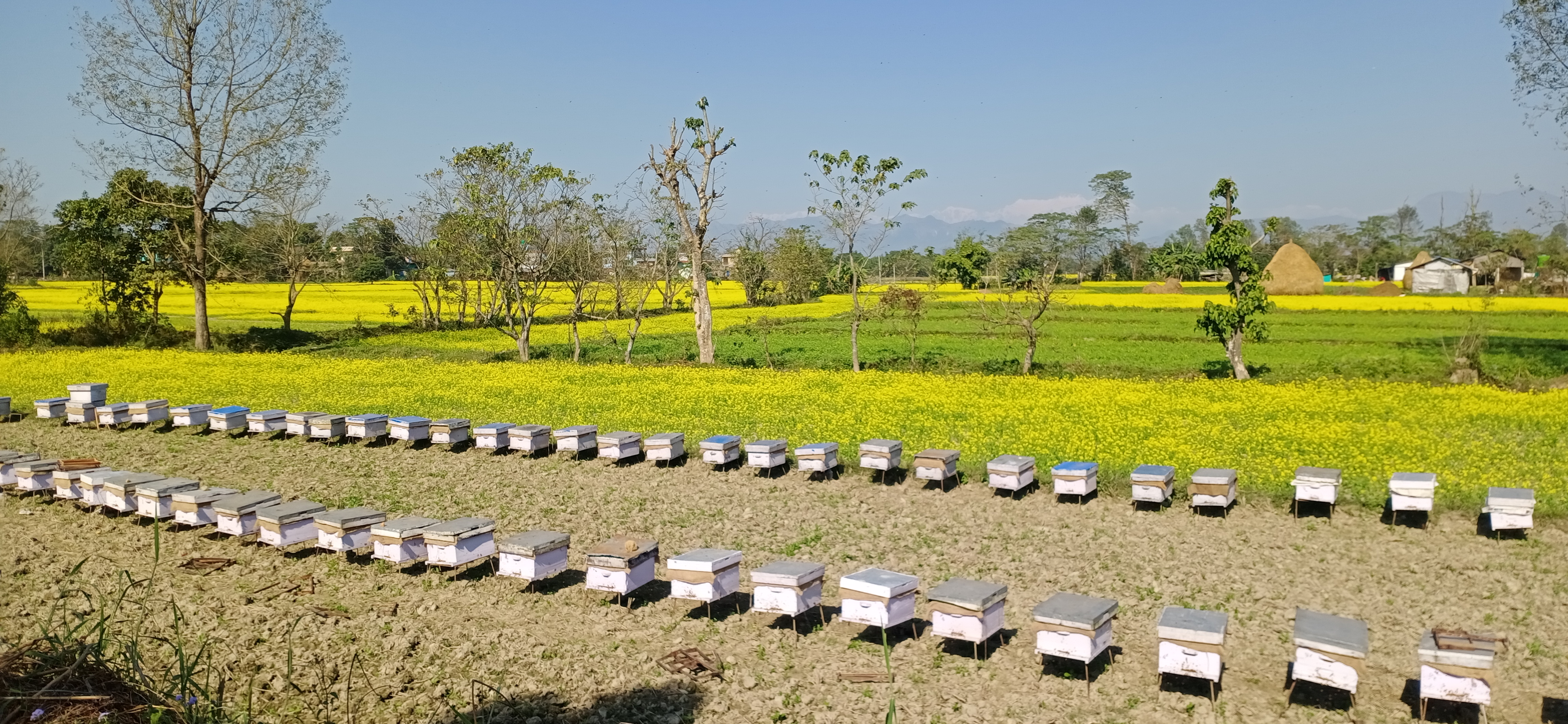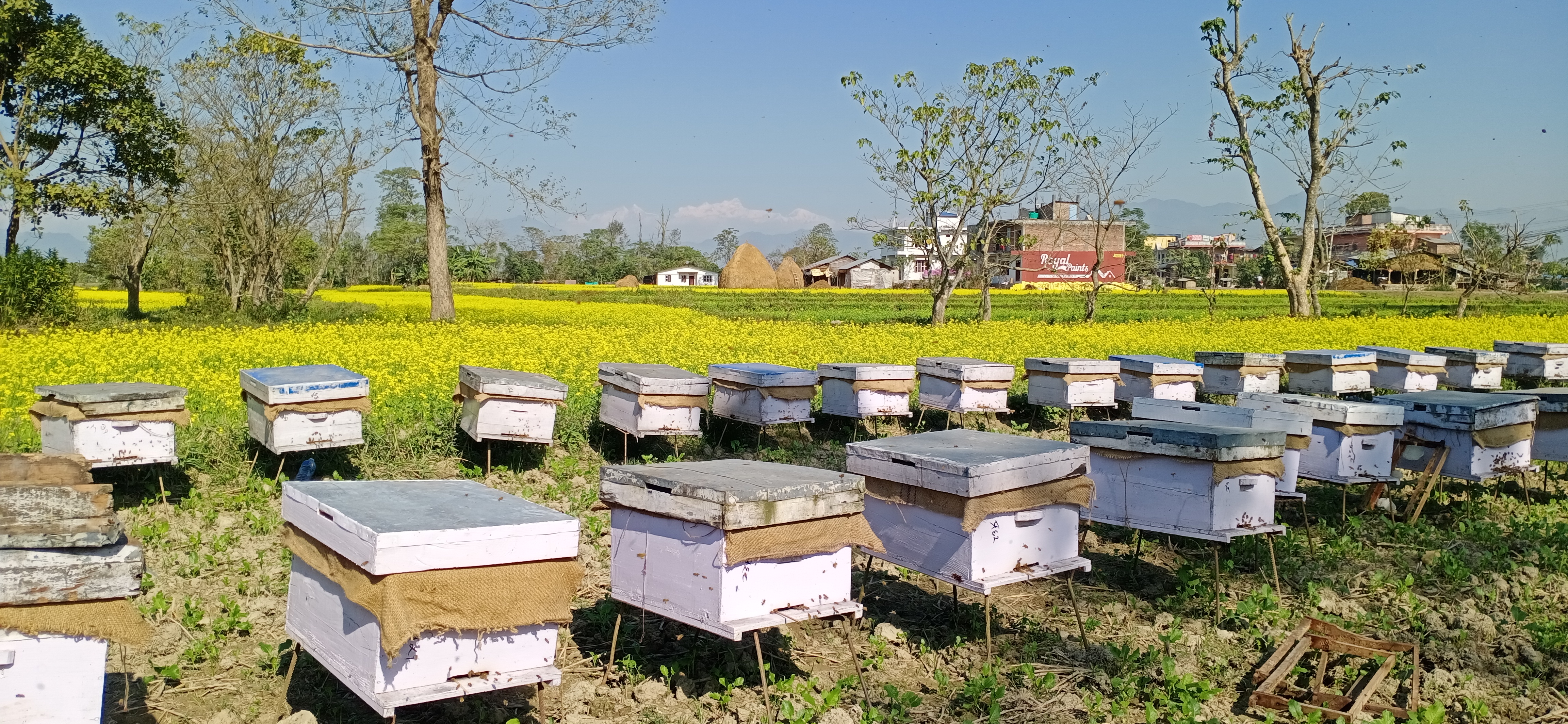In recent years, honey hunters and the tradition of honey hunting in Nepal have become famous all over the world. National Geographic and some other television channels related to wildlife are playing vital roles in this respect. The International Center for Integrated Mountain Development (ICIMOD) is working for the conservation and development of honeybees in Nepal.Mani Lal Gurung is a famous Nepalese honey hunter who has often been featured in the national and international media. Director and photographer Eric Valli and author Diane Summers also figure significantly in this tradition. Owing to human activity, however, this tradition is now threatened. To save the indigenous honeybees and the honey hunting tradition, some nongovernmental organizations (NGOs) are merging their concerns and coordinating with local Nepalese. We are talking here about cliff (wild) honeybees, for which central Nepal is famous. There are hundreds of honeycombs hanging over dozens of foothills. Local people are encouraged to preserve honey hunting traditions and honeybee nests. Apis laboriosa honeybees are generally known as cliff bees. Experts have also designated Nepal as a honey-hunting destination for tourists. This tradition can thus be considered nowadays as part of Nepal's ecotourism, and programs to develop awareness of this are being held as well. Experts believe that such a component of ecotourism could provide a route out of poverty, with tourists being charged to view and take part in honey hunting. An ICIMOD report says that tourists who come to Nepal in a group are paying $250-$1500 to experience one honey-hunting event. It is said that locals should be made responsible for preserving the honeybees and their nests and for their management as well. Lal Kumar Shrestha, program officer of the Annapurna Beekeeping and Environment Promotion Center (ABEPC), says that the Kaski district in central Nepal is very famous for cliff bees and honey hunting. Taprang, Sikles, Landruk, Lumle, Ghandruk, Chhomrong, and Ghachok of Kaski are other major areas for honey hunting. The use of modern technology to hunt honey and inexperienced hunters are the major threats to the cliff bees and the preservation of their nests. According to Laxman Gurung, who belongs to a hunting crew in the Taprang area of Kaski district, this job is very challenging and can be dangerous. According to him, before a hunt the cliff god should be worshiped and an offering of rice grains, flowers, and fruits should be made. The harvesting rituals differ from community to community. After they have been completed the team, which can consist of more than a dozen members, then sets off. According to Gurung, a fire is lit at the base of the cliff to smoke the bees out. After dispersing them from their hive, honey hunters cut out the combs. To approach the combs, hunters use a rope ladder whose upper ends are securely fastened to a tree above the cliff. Honey hunters use wooden or iron sickles to cut the honeycombs and a basket to hold the pieces as they are lowered. When full, the basket is lowered down to the base of the cliff. Apis laboriosa's honey, which is especially sought after in spring, is in high demand on the international market. It is said that people are ready to pay up to $15 per kg (2.2 lb). Ownership of the cliffs and Apis laboriosa colonies in most of Nepal were once reserved collectively for locals. According to a report prepared by Farooq Ahmad, Surendra R. Joshi, and Min B. Gurung, the cliff ownership system is changing, and government control has been strengthened with the help of the 1992 Forest Act. There is a call to amend this act and return the cliffs to the communities for the better preservation of the bees and their nests.
WELCOME TO FEDERATION OF NEPAL BEEKEEPERS
Federation of Nepal Beekeepers is a national Umbrella organization. It was established in 1999 with the name of Nepal Beekeepers Association in Bharatpur, Chitwan in the initiation and common effort if 223 beekeepers from eight different Districts. the Federation has expanded its District branches in five Development Regions identified as potential for commercialization in beekeeping .The aim of the Federation establishment is to organize the scattered grass root level beekeeper and to advocate polices, lobby and enhance capacity for quality entrepreneurship. Besides the federation aims to create self employment opportunities at grass root level for income generation and reducing poverty in the country. Nepal is the most potential country for beekeeping, enriched with diversified flora and fauna where more then 37% of the land is covered with natural forest with herbal/medicinal plants.


















 Phone: 056-590899
Phone: 056-590899